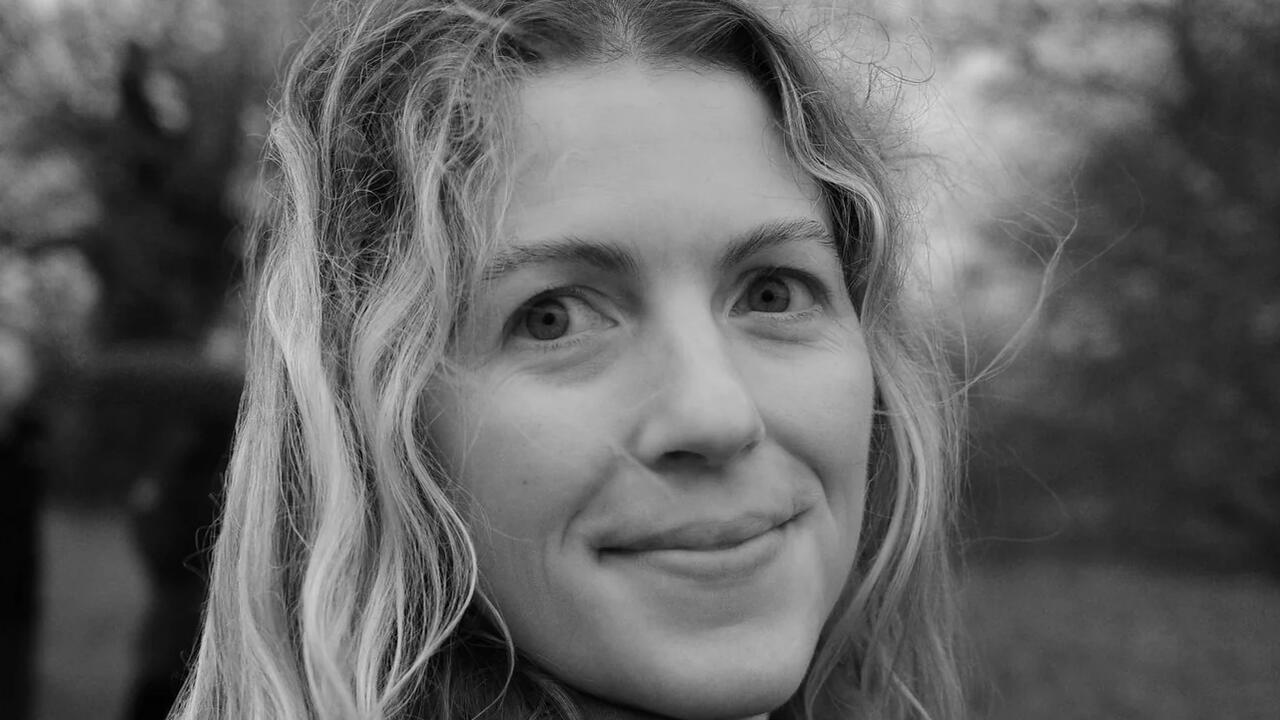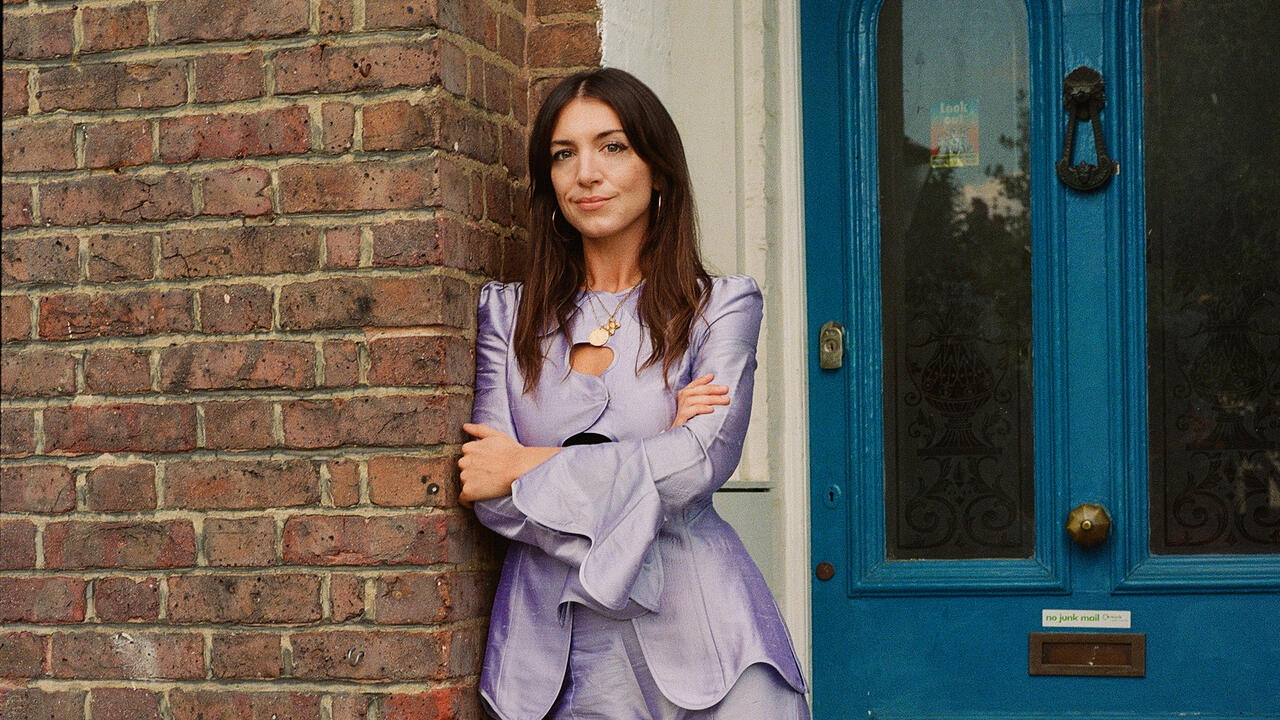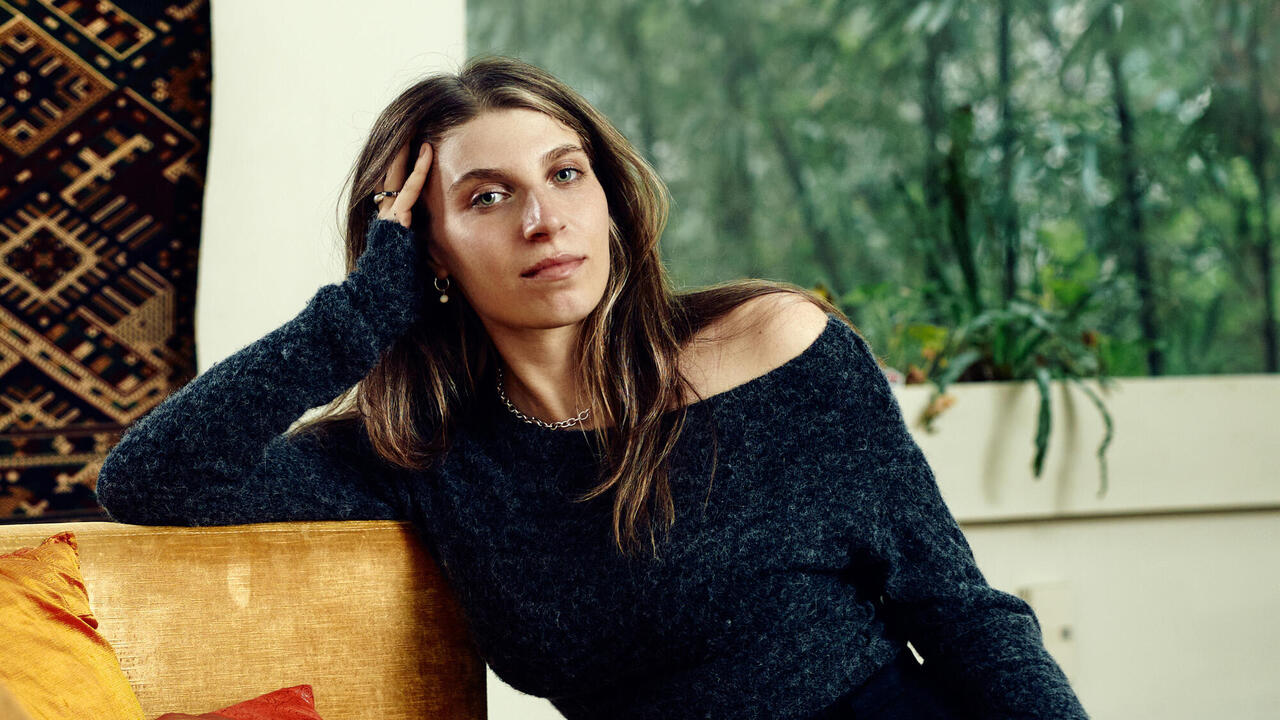Report from LA Returns
Go back and check out my last blog from LA and you’ll see a photograph of a sign posted in Runyon Canyon, a local LA hiking spot, warning visitors to wear proper footwear because of steep slopes. I liked the ‘fear of falling’ aspect of that sign, until yesterday, when, hiking up the exact same canyon, I watched a pretty dramatic helicopter rescue of an ill-footweared hiker. The whole spectacle lasted about an hour, with the helicopter circling over our heads to lower the paramedic to the ground, then returning to pick up the hiker and hoist her up precariously by a cable, as dust and dry brush blew in our faces. When I talked to one of several firemen left on the ground after the helicopter flew off to the hospital, he said the woman had ‘twisted her ankle pretty bad’. Um, all that for a twisted ankle? Yep.
And speaking of dramatic rescues, since my last entry, another rescue has taken place, as MOCA has been bailed out by Eli Broad. No helicopter necessary. But MOCA’s predicament did make me think about how the museum got stranded like that in the first place, and about a particularly LA trait. Okay, so I’m oversimplifying a bit, but it seems like, here, much more so than in New York or London, for instance, it’s cool not to care. In fact, not caring is way more important than caring. LA is laid-back … on the surface. You’ll see people wearing sweatsuits while they’re out shopping, carrying giant lattes in paper cups and looking like they just rolled out of bed. It’s a kind of blasé, show-offy self-deprecation. Maybe the art world here adopts the same strategy. I’m thinking of some of the galleries in Culver City that purposely haven’t changed the facades left behind by their former tenants, so that you could drive by, or even walk by them, without noticing what’s inside.
Probably the highest concentration of galleries in LA at the moment is along a generic, seemingly shuttered stretch of busy La Cienega Boulevard, near the concrete banks of the LA River. Its an unlikely place for gallery hopping – buildings are so nondescript you’re not sure whether to enter from the front or the back, and if you enter from the street you’re pretty much guaranteed to be the only pedestrian out there. Along this stretch, though, are some of LA’s best galleries, hidden behind the metal gates of modest former stores or offices. Though Anna Helwing has gone, Peres Projects, Cherry and Martin, and David Kordansky are moving in. When I visited, shortly before many shows closed for the holidays, the shows on view were spotty, and between good galleries you’re bound to find at least one bad one. By far my favorite show was at Taylor de Cordoba – a refreshingly earnest photographic collaboration between Sasha Bezzubov and Jessica Sucher called ‘The Searchers’. These medium-format images of Western tourists in the spiritual meditation and yoga centers of India transcend the medium and their potentially banal subject matter. They could be on the scale of Andreas Gursky’s or Thomas Ruff’s work, but these photographs show that images don’t have to be blown up to huge dimensions to be monumental. Other stand-out shows in the area were George Stoll’s sculptures at Kim Light and Yishai Jusidman’s square format paintings after photos from ‘The Economist’ at Angstrom Gallery.
In another world nestled behind the skyscrapers of downtown, the galleries on the tiny strip of Chung King Road might as well exist on a studio back-lot. This might possibly be the smallest pedestrian zone in LA, a former home to gift shops and restaurants and now almost entirely revamped and taken over by galleries populating the tiny, narrow two-storey buildings. While some galleries have recently moved on, others have moved in – like Chung King Project, which was showing attractive 3-D collages made of strips and swatches of fabric and other found elements by Maeghan Reid. These modest works had a an unselfconscious, free-spiritedness that excused their potentially cliché subjects. Galleries here are hit and miss, too, though David Patton had a Darren Almond exhibition that you might expect to see in blue-chip gallery or a project room in a museum. Here, Almond showed his recent work ‘Bearing’, a 35-minute, almost silent video of workers appearing and disappearing in the billows of noxious yellowy-orange smoke in a sulfur mine in Indonesia. This arresting video had an unearthly quality – the ground inside the volcanic crater is almost never visible, cloaked by layers of sulfuric fog, and you can almost smell the toxic gasses.
Nearby, at the recently bailed-out MOCA, Martin Kippenberger’s long-awaited retrospective is an unexpected flexing of male muscle. I thought the show would help me get to the bottom of Kippenberger’s seemingly outsized influence on art students and young artists today. It’s certainly not his painting style – the paintings in the show, with the exception of the series ‘Lieber Maler, male mir’ (Dear Painter, Paint for Me, 1981), which he hired a sign-painter to paint – are uniformly ugly. The sculptural installations are scattered and unwieldy and almost seem like furniture amid the overcrowded walls. Kippenberger was nothing if not prolific, and his authentic impulse to create is definitely captured in this show. Kippenberger was the ultimate dude – his body of work is varied and irreverent, and he was never afraid to turn his sarcastic, lewd humor inward on himself, as evidenced by the abundance of self-portraits of him wearing bike pants or striking embarrassing poses. Maybe what appeals to young artists about Kippenberger was the degree to which he appeared not to care. He constantly downgraded the status of painting, and himself as a painter. He was bawdy and self-deprecating, and, somehow, in the slacker culture of LA, he fits right in.
Go back and check out my last blog from LA and you’ll see a photograph of a sign posted in Runyon Canyon, a local LA hiking spot, warning visitors to wear proper footwear because of steep slopes. I liked the ‘fear of falling’ aspect of that sign, until yesterday, when, hiking up the exact same canyon, I watched a pretty dramatic helicopter rescue of an ill-footweared hiker. The whole spectacle lasted about an hour, with the helicopter circling over our heads to lower the paramedic to the ground, then returning to pick up the hiker and hoist her up precariously by a cable, as dust and dry brush blew in our faces. When I talked to one of several firemen left on the ground after the helicopter flew off to the hospital, he said the woman had ‘twisted her ankle pretty bad’. Um, all that for a twisted ankle? Yep.
And speaking of dramatic rescues, since my last entry, another rescue has taken place, as MOCA has been bailed out by Eli Broad. No helicopter necessary. But MOCA’s predicament did make me think about how the museum got stranded like that in the first place, and about a particularly LA trait. Okay, so I’m oversimplifying a bit, but it seems like, here, much more so than in New York or London, for instance, it’s cool not to care. In fact, not caring is way more important than caring. LA is laid-back … on the surface. You’ll see people wearing sweatsuits while they’re out shopping, carrying giant lattes in paper cups and looking like they just rolled out of bed. It’s a kind of blasé, show-offy self-deprecation. Maybe the art world here adopts the same strategy. I’m thinking of some of the galleries in Culver City that purposely haven’t changed the facades left behind by their former tenants, so that you could drive by, or even walk by them, without noticing what’s inside.
Probably the highest concentration of galleries in LA at the moment is along a generic, seemingly shuttered stretch of busy La Cienega Boulevard, near the concrete banks of the LA River. Its an unlikely place for gallery hopping – buildings are so nondescript you’re not sure whether to enter from the front or the back, and if you enter from the street you’re pretty much guaranteed to be the only pedestrian out there. Along this stretch, though, are some of LA’s best galleries, hidden behind the metal gates of modest former stores or offices. Though Anna Helwing has gone, Peres Projects, Cherry and Martin, and David Kordansky are moving in. When I visited, shortly before many shows closed for the holidays, the shows on view were spotty, and between good galleries you’re bound to find at least one bad one. By far my favorite show was at Taylor de Cordoba – a refreshingly earnest photographic collaboration between Sasha Bezzubov and Jessica Sucher called ‘The Searchers’. These medium-format images of Western tourists in the spiritual meditation and yoga centers of India transcend the medium and their potentially banal subject matter. They could be on the scale of Andreas Gursky’s or Thomas Ruff’s work, but these photographs show that images don’t have to be blown up to huge dimensions to be monumental. Other stand-out shows in the area were George Stoll’s sculptures at Kim Light and Yishai Jusidman’s square format paintings after photos from ‘The Economist’ at Angstrom Gallery.
In another world nestled behind the skyscrapers of downtown, the galleries on the tiny strip of Chung King Road might as well exist on a studio back-lot. This might possibly be the smallest pedestrian zone in LA, a former home to gift shops and restaurants and now almost entirely revamped and taken over by galleries populating the tiny, narrow two-storey buildings. While some galleries have recently moved on, others have moved in – like Chung King Project, which was showing attractive 3-D collages made of strips and swatches of fabric and other found elements by Maeghan Reid. These modest works had a an unselfconscious, free-spiritedness that excused their potentially cliché subjects. Galleries here are hit and miss, too, though David Patton had a Darren Almond exhibition that you might expect to see in blue-chip gallery or a project room in a museum. Here, Almond showed his recent work ‘Bearing’, a 35-minute, almost silent video of workers appearing and disappearing in the billows of noxious yellowy-orange smoke in a sulfur mine in Indonesia. This arresting video had an unearthly quality – the ground inside the volcanic crater is almost never visible, cloaked by layers of sulfuric fog, and you can almost smell the toxic gasses.
Nearby, at the recently bailed-out MOCA, Martin Kippenberger’s long-awaited retrospective is an unexpected flexing of male muscle. I thought the show would help me get to the bottom of Kippenberger’s seemingly outsized influence on art students and young artists today. It’s certainly not his painting style – the paintings in the show, with the exception of the series ‘Lieber Maler, male mir’ (Dear Painter, Paint for Me, 1981), which he hired a sign-painter to paint – are uniformly ugly. The sculptural installations are scattered and unwieldy and almost seem like furniture amid the overcrowded walls. Kippenberger was nothing if not prolific, and his authentic impulse to create is definitely captured in this show. Kippenberger was the ultimate dude – his body of work is varied and irreverent, and he was never afraid to turn his sarcastic, lewd humor inward on himself, as evidenced by the abundance of self-portraits of him wearing bike pants or striking embarrassing poses. Maybe what appeals to young artists about Kippenberger was the degree to which he appeared not to care. He constantly downgraded the status of painting, and himself as a painter. He was bawdy and self-deprecating, and, somehow, in the slacker culture of LA, he fits right in.





















